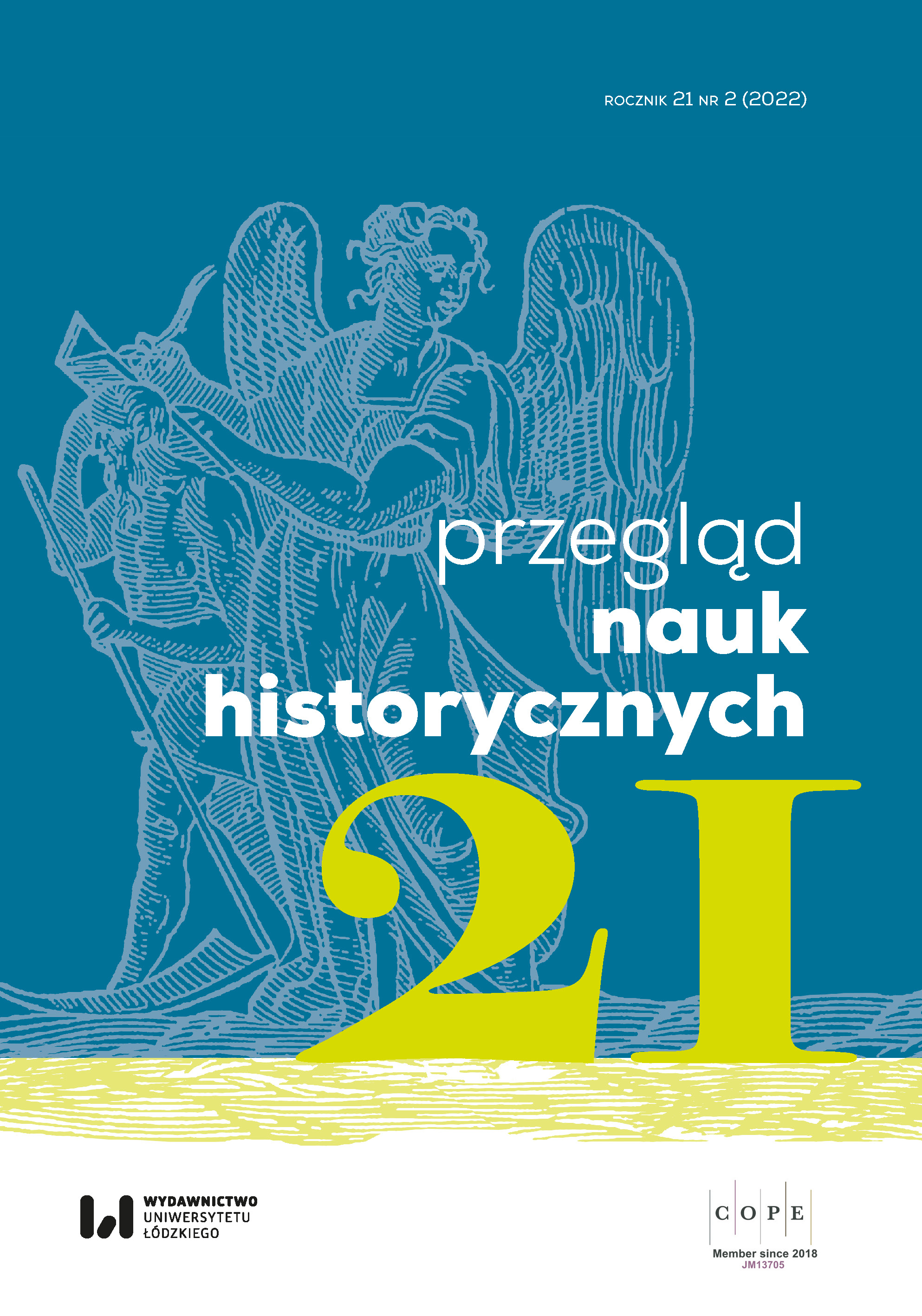Z regionalnej historii więziennictwa II Rzeczypospolitej. Więzienie karne w Drohobyczu na Górce w latach 1918-1939. Wybrane zagadnienia
From the regional history of the prison system of the Second Polish Republic. Prison in Drohobycz on Górka in 1918–1939. Selected issues
Author(s): Oleh RazyhrayevSubject(s): History, Recent History (1900 till today)
Published by: Wydawnictwo Uniwersytetu Łódzkiego
Keywords: Second Polish Republic; Drohobycz; prison; prisoner; organization; security guard
Summary/Abstract: The article is an attempt to present the regional history of the prison system of the Second Polish Republic on the example of the prison in Drohobycz. The establishment and the process of integration of the above-mentioned prison into the Polish penitentiary system were characterized, the specificity of its organization and staffing were determined, and selected elements of everyday life of prisoners were presented. At the same time, the author did not take up the issue of the characteristics of political prisoners, believing that it was a topic for a separate approach. In the interwar period, the prison in Drohobycz (Drohobycz Prison on Górka) belonged to the 1st class and was one of the largest penal units of the Second Polish Republic intended for the most dangerous criminals sentenced to long-term and life imprisonment. The prison, which was to replace the Lwów “Brygidki”, was opened in 1913. It suffered serious material losses during the Great War (1914–1918). Renovation works, carried out in the 1920s, allowed for the launch of a modern prison, the infrastructure of which developed intensively in the next decade. At that time, in Drohobycz prison was established a district hospital for mentally ill prisoners, serving prisoners from the Kraków and Lwów appellations. Moreover, there was a large gardening school there. At the same time, the prison was suffering from severe overcrowding, and at the end of 1934, it had more than 1,450 people. The prisoners did not only perform various types of work in the workshops and on the farm of the prison, but also had access to spiritual care as well as cultural and educational life.
Journal: Przegląd Nauk Historycznych
- Issue Year: 21/2022
- Issue No: 2
- Page Range: 159-189
- Page Count: 31
- Language: Polish

